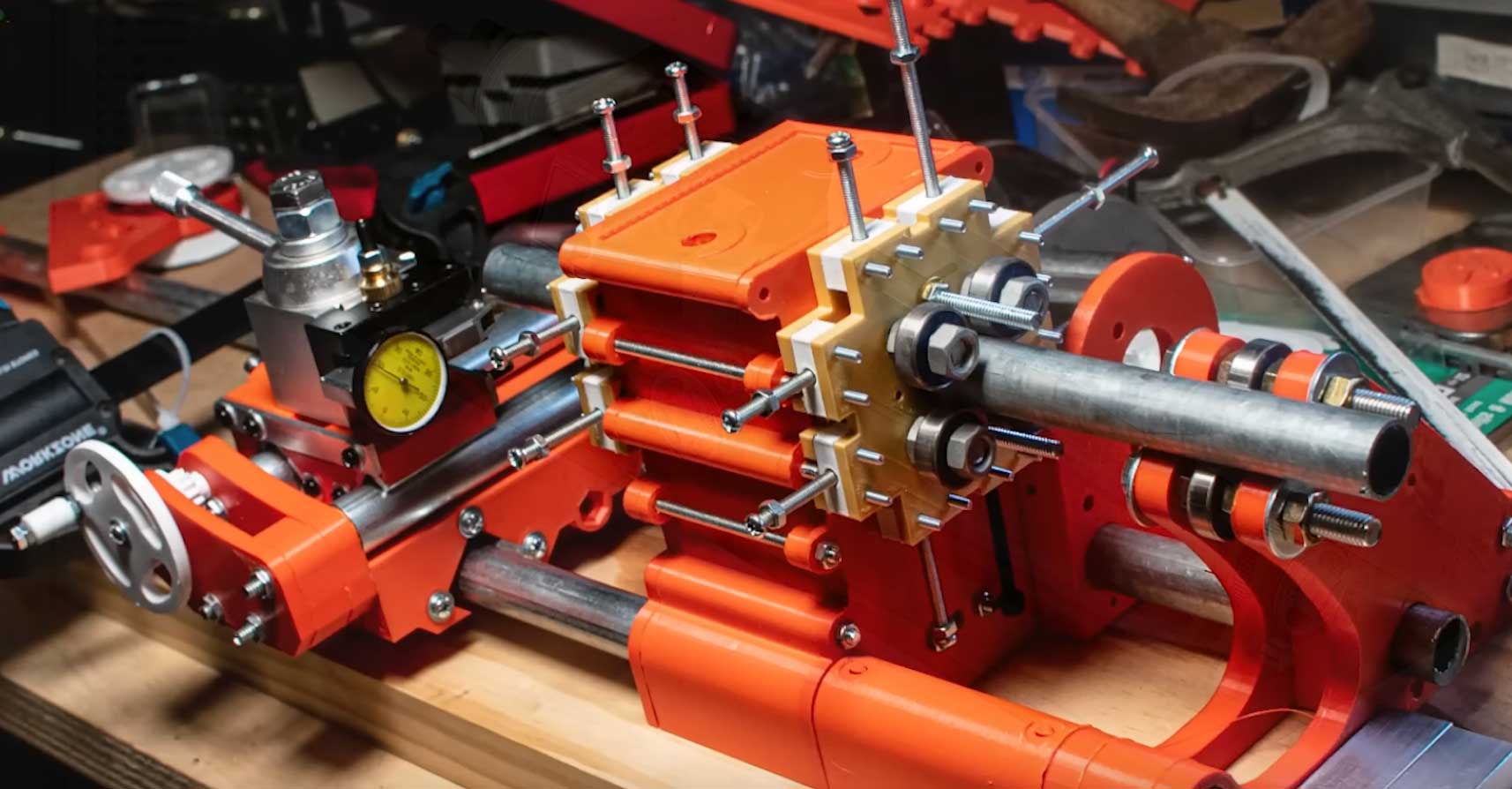This means that €87 billion or about 40 percent more needs to be invested each year compared to the period from 2016 to 2020. “The most important areas of investment for low-carbon infrastructure in Europe are renewable energy plants, electricity grids and railway infrastructure,” says co-author Lina Claassen.
For their meta-study, the researchers analyzed more than 56 studies that had already been published and came to the conclusion that the biggest investment jump in the next 15 years, and therefore the conversion of steady financial flows is already necessary for the period from 2021 to 2025 in order to be on the way to achieving Blank target quickly enough, according to the German Science Media Center (SMC).
According to the information presented, the study authors identified a “necessary increase in investment for nearly all technologies.” The only exceptions to this are conventional power plants and oil and gas infrastructure. Power plants for renewable energies, such as power lines and energy storage, are listed as the largest lots with an addition of $24 billion each. The calculated need for additional annual investments in railway infrastructure is above €25 billion.
Aim for net zero by 2050
As part of the national commitment agreed to by all countries in the Paris Climate Agreement, the European Union promises to reduce climate-related emissions by 55 percent by 2030 compared to 1990. The net zero target should be achieved by 2050. Net zero means reducing climate-damaging emissions as much as Possible and remove the inevitable emissions from the atmosphere, for example by planting trees that can absorb carbon dioxide.
Funding is possible, says Felix Kreutzig of the Mercator Research Institute on Global Commons and Climate Change (MCC). “If there is (in Germany) €200 billion to brake gas and electricity prices – largely subsidies for fossil fuels – there could also be €87 billion for future investment,” he says. Instead of investing several billion euros a year in building new major roads and motorways, the money could be invested in rail and bicycle traffic. Among other things, it advocates setting traffic fees linked to location and time.
“Of course, once.”
Liquidity can “certainly be created,” but what is lacking is political will, according to Kreutzig. Kreutzig did not question the significance of the message that the ETH study conveyed to SMC: “European countries’ past budgets are not a guide to the future,” and “this has not been previously documented with hard numbers.”
The fact that more money is needed is known, and therefore not surprising, says Michael Ball of the Potsdam Institute for Climate Impact Research (PIK), “but a quantitative measure is still very useful and relevant.” Now, it’s up to politicians to say ‘honestly’ that switching will be costly – even if that’s a bitter pill politically, of course.”
Time is of the essence
Sasha Samadi of the Wuppertal Institute for Climate, Environment and Energy tells SMC that descriptive studies do not aim to “provide groundbreaking new insights.” The work, by ETH Zurich, takes stock of “several important studies from the past few years and provides a good overview” of the investment needs expected in these studies.
In absolute numbers, the investments now in the room would look “of course very high”. Given the economic performance, Smadi believes it is entirely possible for Europe to “increase investments to the necessary level, even in the short term.”
According to Martin Weibelzal from the Fraunhofer Institute for Applied Information Technology in Bayreuth, the study confirms once again that “climate change is not waiting for us and we must quickly transform our infrastructure in a future-oriented way.” Therefore, it is also critical to identify the appropriate economic incentives now, “so that investments are made exactly where they are needed and can take effect as quickly as possible. Otherwise, we will run out of time.”

“Total coffee aficionado. Travel buff. Music ninja. Bacon nerd. Beeraholic.”







More Stories
NASA rover makes surprising discovery on Mars: “Really puzzling”
All vitamins in one table (+ their function, sources, and symptoms of deficiency)
NASA rover makes strange discovery on Mars: “Really puzzling”